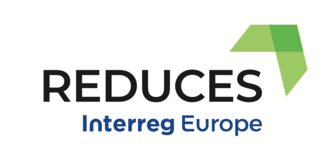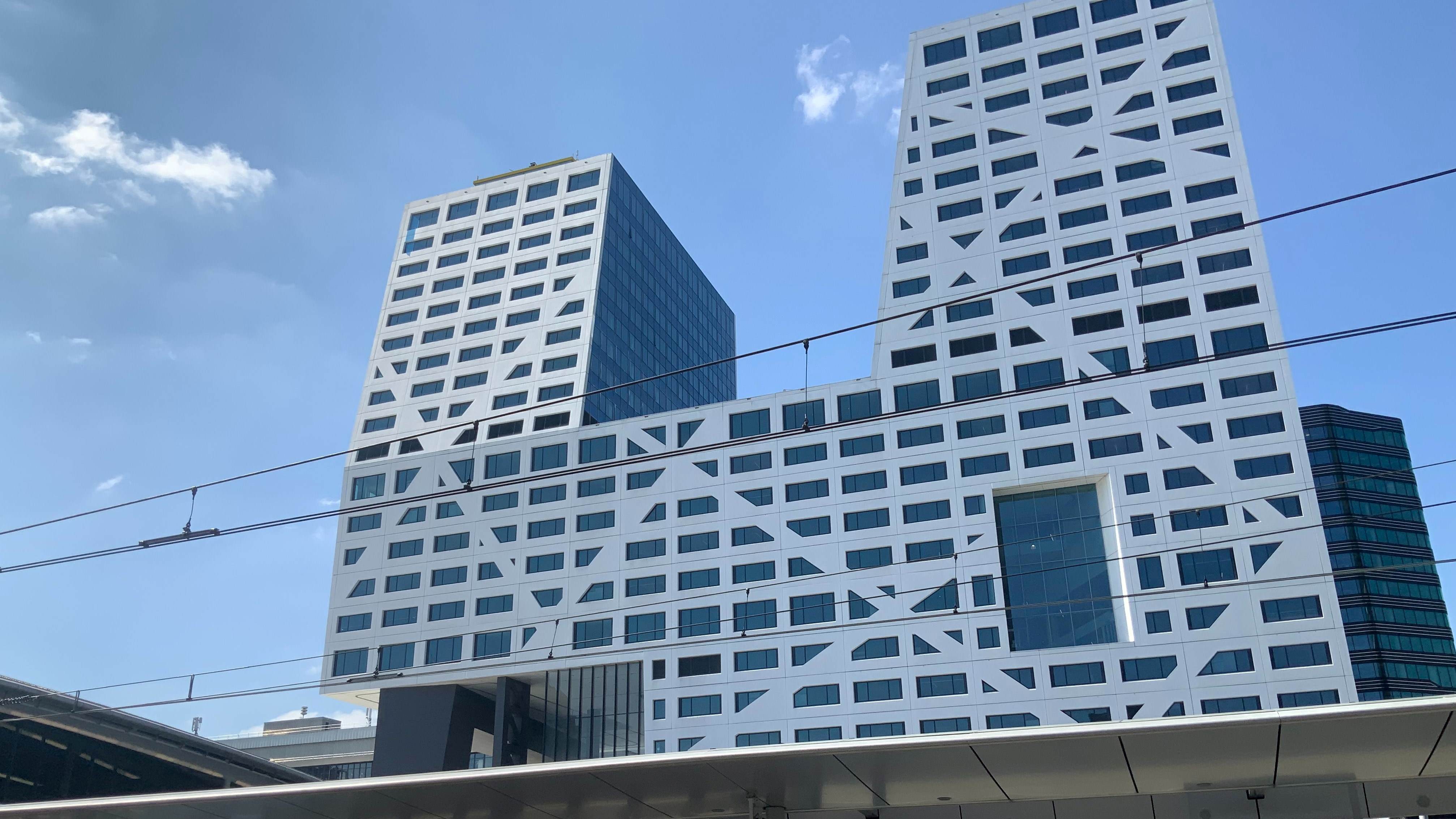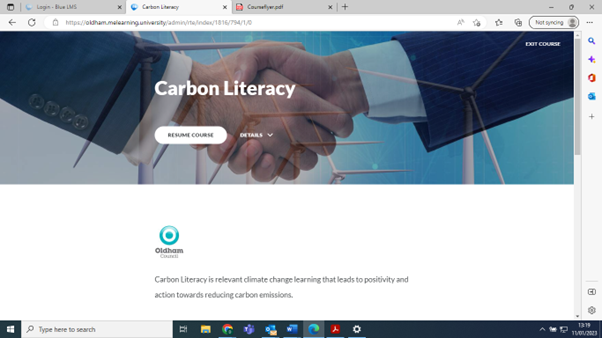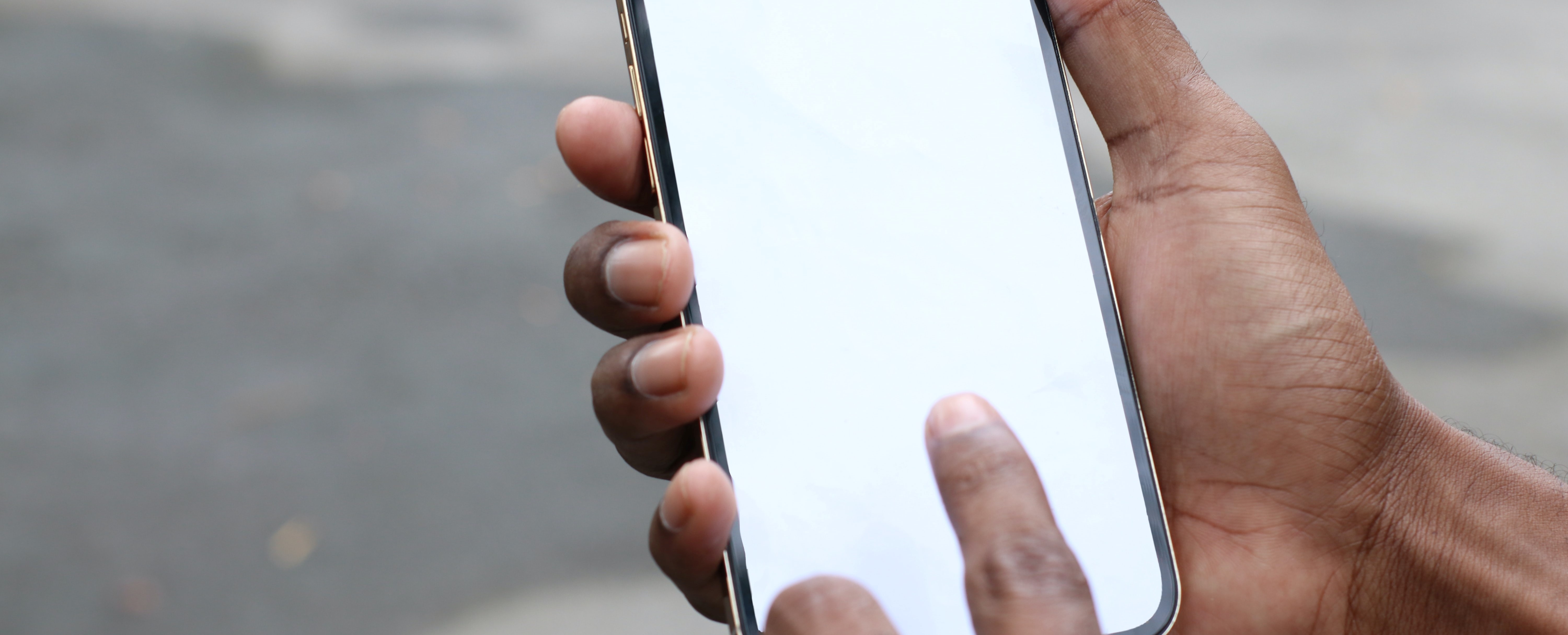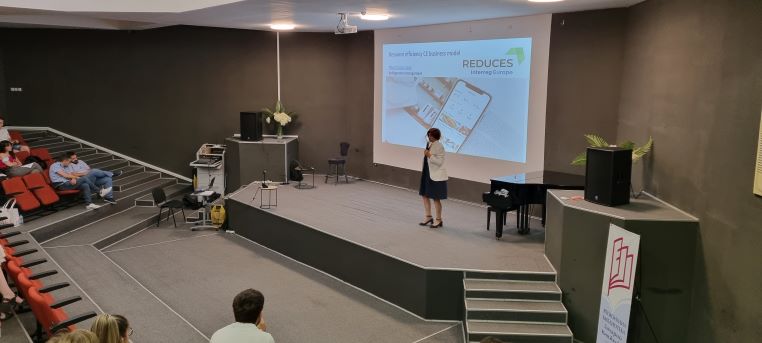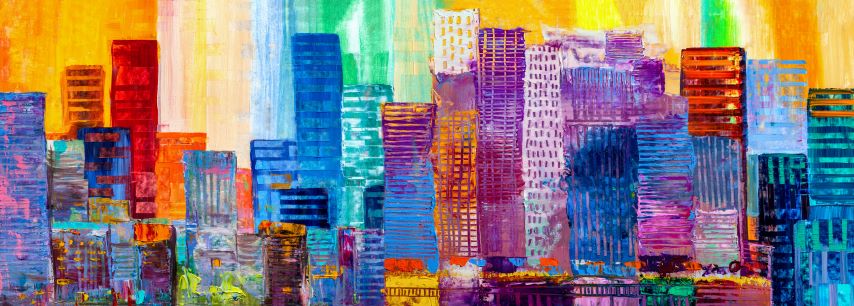One of the goals of the REDUCES project is to collect the best practices of circular economy business models. These business models are product as a service, renewability, sharing platforms, product-life extension and resource efficiency and recycling.
The first examples for regional good practices (product-life extension) were collected and presented in Valencia meeting on mid-March. In Southwest Finland textile recycling and reuse has been ascending field for a long time so it was obvious that at least one of the examples would focus on this.
Rapid change and business models based on the circular economy principles is only going to happen through companies. Different policy instruments support the business and hopefully ease the development. In the end companies are the one who has to adopt the models and understand the benefit that circular economy can offer. In every level of sustainability.
The first business models collected from the Southwest Finland concentrated on Product-life extension model. In this model the products are used according to their original purpose for as long as possible or repaired and refurbished for multiple re-uses. The aim overall is to reduce the need for purchasing and manufacturing new products. (Sitra.)
The post-consumer textile store
From Southwest Finland region two good practices were selected. The first case is related to the textile industry. Regional waste management company Lounais-Suomen Jätehuolto (LSJH) established a store for used textiles. Aim is to extend the textile life cycle and encourage reuse. There was an actual need and market for such store. The post-consumer textile store was originally run by unemployment association of Turku. The operation was shut down but LSJH still wanted to give the consumers a chance to acquire these textiles since the store had been quite popular.
In practice, the load of post-consumer textiles is sorted so that everything unusable in the collection is removed. Then recyclable material and reusable textiles are separated. In the store, the reusable textiles are re-sorted: ones to be sold in store right away and ones to stay and wait for later. The textiles are sold per kilo. The store was opened in January 2020 and by now thousands of kilos of reused textiles has been sold to different customer segments.
The potential for learning in this model is the duplicability, which also is the national objective: the goal is to have all post-consumer textiles to remain in reuse in the region they have been collected. Only the material unsuitable for reuse will travel on to the refinery plants. In addition this valuable model can reach and find people who are willing and/or need to find different kinds and amounts of used textiles.
The circulation of furniture
The second good practice focuses on model where the City of Turku carried out a furniture reuse system pilot during 2015–2018. The aim was to improve the circulation of furniture between the city units.
The practice has become part of the city’s normal practice. It has been developed further with other big cities in Finland. Furniture reuse responds to the challenge of the circular economy by enabling intra-city material cycling, increasing the visibility of available material across unit boundaries, improving decision-making and reducing unnecessary external purchases. In addition to moving furniture, other products and materials can be introduced into the system.
The developed system is open source and therefore replicable to any organization. It still has many development needs and opportunities that will be addressed in cooperation with cities and municipalities interested in the reuse system.
Next good practices to be collected are based on product as a service and renewability business models. Already now we have identified good practices e.g. on mobile carpet laundry system, women’s clothing as a service, automatic dispenser solution for serving different spreads in school canteens and restaurants and manufacturing food products from organically cultivated oil hemp.
The best part of collecting the good practice cases is the chance to meet the organization people behind these examples and to learn about the motivation and challenges behind the practices. It opens the concept of Circular Economy Business Models much better and concretizes the development work and potential in the region.
The biggest challenge in the work is to make sure the collected practices represents the potential and situation of the whole Southwest Finland and not only the biggest cities and municipalities. The Circular Economy happens in all over the region and cooperation. Discussion is needed in all stakeholder levels to get things to move forward. At the moment still slowly but steadily.
Jenni Suominen, REDUCES content manager
Turku University of Applied Sciences
Marketta Virta, REDUCES communication manager
Turku University of Applied Sciences
